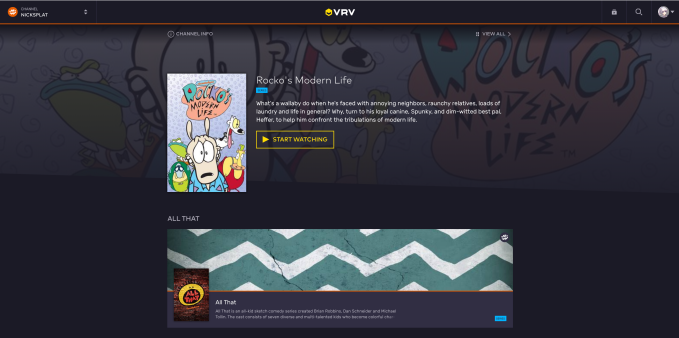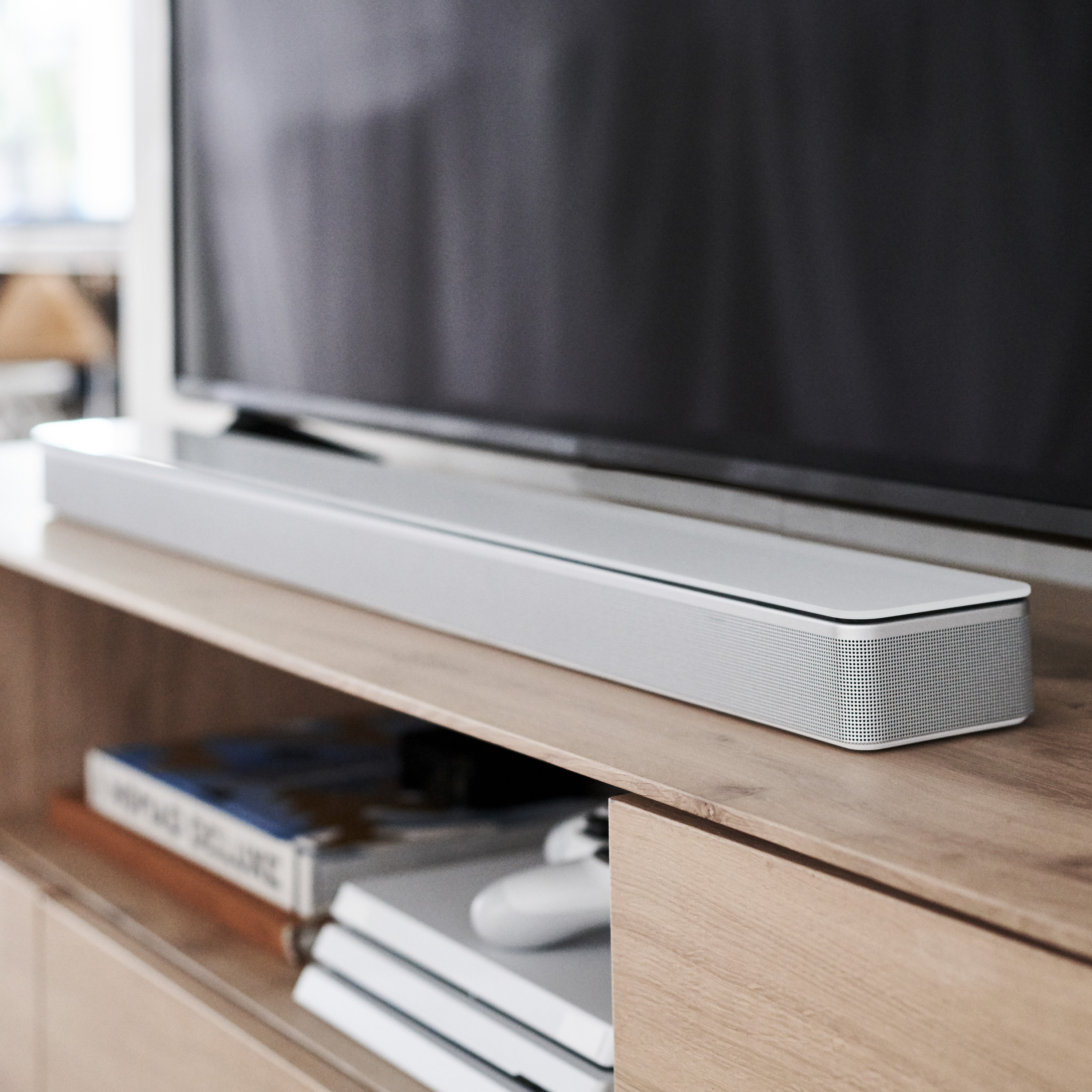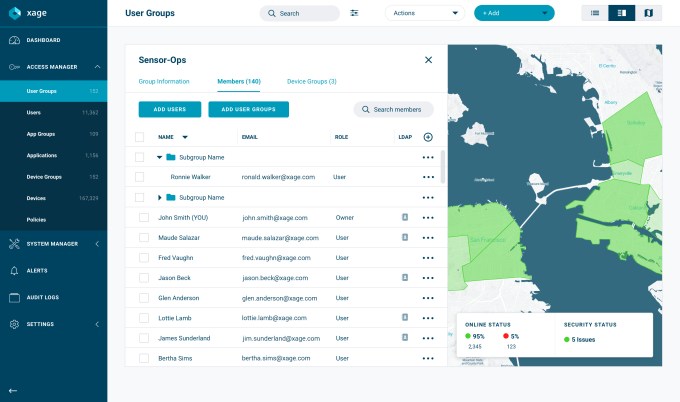VRV, a fandom-focused digital streaming service, has signed a deal with Viacom and Nickelodeon to launch a new streaming channel dedicated to Nick’s classic 90’s shows and more. The new channel, called NickSplat (yes really), will stream via VRV as an over-the-top service, and will offer fans access to nearly 30 classic series, the companies say.
Its lineup includes series like “AAAHH!!! Real Monsters,” “CatDog,” “Doug,” “Rocko’s Modern Life,” “All That,” “Are You Afraid of the Dark?,” “Clarissa Explains It All,” “Kenan & Kel,” “Legends of the Hidden Temple,” “The Angry Beavers” “The Wild Thornberrys,” and many others.
VRV says additional shows will be added at a later date.
The channel will also be available both as a $5.99 per month a la carte subscription and it will be included in the VRV premium bundle, which is $9.99 per month. In a sense, the a la carte option is the equivalent of it being its own streaming service, but one without its own standalone platform, as with Viacom’s Noggin, aimed at the preschool set.
VRV’s premium bundle offers a variety of channels beyond NickSplat, including also Ellation’s anime streaming service Crunchyroll, Funimation, Rooster Teeth, Shudder and others, as well as exclusive series like “HarmonQuest,” “Killjoys,” “Thundercats,” and “Gary and His Demons.”

“VRV, with a sophisticated user base that loves the best in animation, is the perfect platform to launch our NickSplat channel,” said Sam Cooper, Viacom Executive Vice President of Distribution and Business Development Partnerships, in a statement about the launch.
“Viacom’s content – including our deep library of genre-defining television – is highly in demand, and our audiences are always looking for new and innovative ways to enjoy our programming. We’re committed to finding the best partners to bring our individual brands direct to the consumer, and this relationship with VRV is an exciting step forward in our strategy,” Cooper added.
VRV arrived in 2016 as something of a competitor to Amazon’s Prime Video Channels, which also provides access to niche digital streaming content in a single destination. However, VRV offers members over 20,000 hours of free content, with the option to upgrade to the Premium tier for more, as well as its exclusives. Amazon’s Channels, on the other hand, is only an a la carte service where members pick and choose which channels they want. There aren’t any channel bundles available at this time.
In addition, unlike Amazon Channels, VRV isn’t targeting a mainstream user base, but has been more focused on serving various fandoms – anime fans, gamers, comics fans, sci-fi and fantasy fans, and others.
With NickSplat, it’s now going after a slightly different demographic – kids who grew up watching Nickelodeon on linear TV and are nostalgic for those old shows. Maybe they even want to stream them for their own kids these days.
For Viacom, a partnership with VRV gives it a chance to monetize its older library content in a different way than throwing it out on a bigger platform, like Netflix (where, frankly, it would be seen by more viewers). However, VRV is not the only place some of these old shows can be found – there are also Nick classic series on other services, like Hulu and Amazon – the latter where they can be purchased by episode or season. In other words, if you’re sorta obsessed with one or two old Nick shows, you may want to just go find them elsewhere. NickSplat only makes sense if you want a big back catalog of classic Nickelodeon.
VRV is available online and as an app on Xbox One, PS4, Apple TV, Roku, Fire TV, Android TV, Chromecast, Android and iOS.





 The Book Box FAQ also noted that Amazon will use members’ recent purchase history on its site to make sure the box doesn’t include any books the customer had already purchased.
The Book Box FAQ also noted that Amazon will use members’ recent purchase history on its site to make sure the box doesn’t include any books the customer had already purchased.